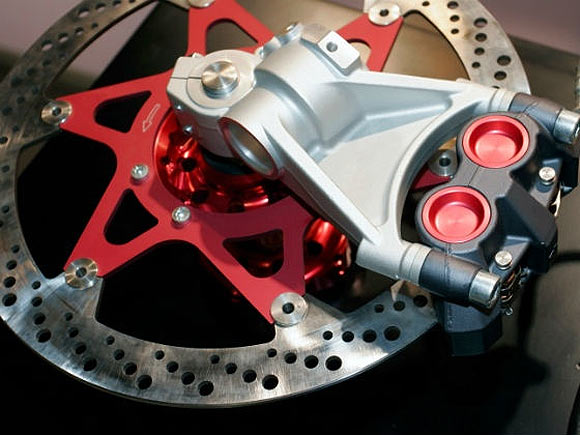Shubhananda Bera
The key to safety depends on three crucial factors: traction, visibility and comfort.
Monsoon brings cheer and relaxation to the mind after a hot, scorching summer. With the weather changing from hot to cool, wet and exciting, the urge to take that off-roading trip is at its peak. Motorbikes seem to top the chart of the vehicles that most folks want to ride when it starts pouring. However, in this situation, the risk of a mishap increases because Indian roads are messy and chaotic in this season the most.
The water-clogging, the traffic, the muddy water and the ditches are all the hurdles that one faces while embarking on a pleasure trip in the monsoon. Now, factors like these are not in the hands of the rider but the risks that can arise due to negligence on the part of the rider can be minimised with a few simple pointers.
Therefore, riders should be better prepared for the difficulties rather than face uncertainty and complications in the middle of the journey that can simply be avoided, with a little more foresightedness. When your are actually seeking out fun in the rains or have unexpectedly met a downpour while riding your bike, the key to safety depends on three crucial factors: traction, visibility and comfort.
1. Keep slow
Motorbike manufacturers as well as tyre manufacturing companies know how slippery the roads get during the rainy season; control on movement is just not what it is on a dry road, yet the manufacturers fail to offer bikes with a better grip. So, to balance and keep a hold on the road while the earth beneath you has been flooded, the foremost rule is to ride slow.
As the braking distance -- the time between when you apply brakes and when your vehicle actually stops -- increases on wet grounds; so it is necessary to slow down; else, in an emergency, when you hit the brakes, you might run into the vehicle in front of you.
2. Be upright
When slowing down the speed on wet roads, it is best to keep the perpendiculars right. The more upright you are against the road, the more weight is being applied on the road, offering a better grip and traction.
Don't pull up stunts and remember the turns you need to take beforehand; zig-zag movement in case of heavy traffic must be strict no-no as unnecessary swerves might completely knock off your balance and you might end up skidding.
Ride safe: 10 tips for biking in the rains
3. Read the road
The traffic intersections and the parking lots are the areas where the surface is particularly treacherous as oil-drips from the vehicles are more in these areas but knowing where you are standing and what kind of surface spoilers it could have, definitely comes in handy at these times.
4. Avoid water-logged areas
Don't get into stagnant water in any case, as these are the best places to hide potholes and debris and are places where one can hydroplane (loss of braking control) with braking, leading to serious mishaps.
Ride safe: 10 tips for biking in the rains
5. Clear vision
Make sure the helmet you are wearing, has a clear glass shield as the overpowering windshield wipers of passing cars can cause bow waves to form, giving you a very fuzzy view of the road.
So at times, it's better to get off the road in these conditions but if you don't have a safe house nearby and you need to continue the journey continuously, clear the fog off your helmet.
6. Remove distractions
Anything that has the capacity to distract you off the road, is potentially hazardous for your life in these conditions. Do not talk on the cell phone while riding and wear a proper rain coat, preferably brightly coloured. As your body gets wet and the temperature goes down, it also leads to dullness of the senses when the reaction time increases, leading to hazardous situations.
Ride safe: 10 tips for biking in the rains
7. Servicing
Always keep your bike serviced and go for the routine bike check-ups like you do for your health. In times like the rainy season, where the water is likely to get into the engine and other parts of the bikes, the need is even more for regular visits to your mechanic to avoid a breakdown.
8. Brakes and parts
Your life depends on the brakes of your vehicle which should be in good condition all round the year and not just during the monsoon. If your bike comes with drum brakes, it is necessary to get them cleaned from inside and also get the brake and shoe pads changed; also, if your bike has disc brakes, then you should verify the brake oil level.
Ride safe: 10 tips for biking in the rains
9. Tyres
Keep a check on the tyre conditions of your bike as any sort of wear and tear or worn-off rubber is not excusable. The tyre treads should be 2 to 3 mm, to cut off water and the tyre pressure should also be checked.
The PSI (pressure per square inch) levels should be kept a little less in case of monsoons, than what they are in dry conditions.
10. Lubricate
Last but not the least, make sure all the bells and the whistles of your bike are well lubricated for unhinged performance and functioning. Also, lubrication reduces the wear and tear and rusting that the pouring water might cause to your precious possession.







Comment
article